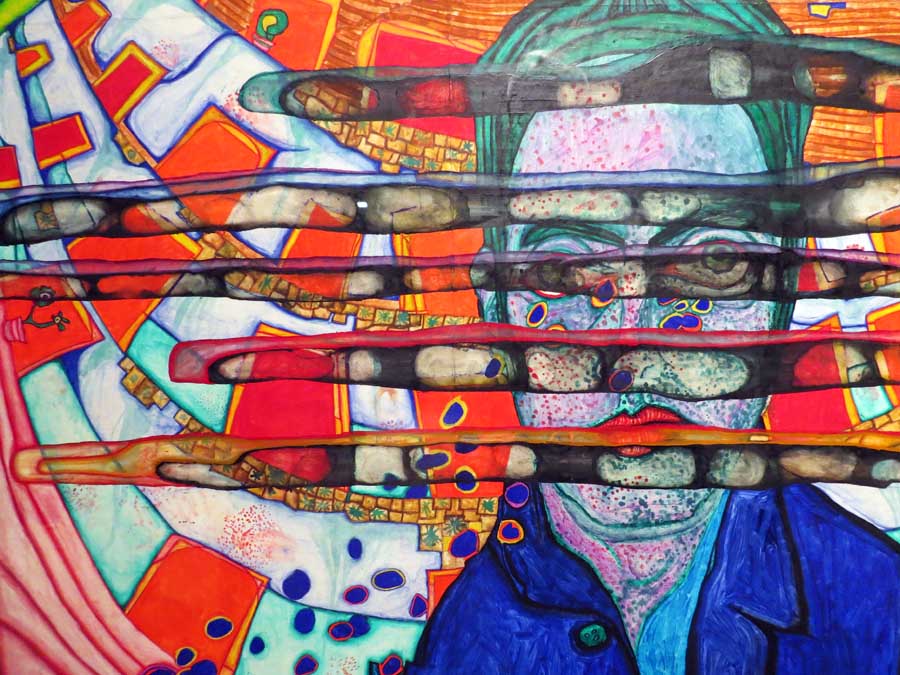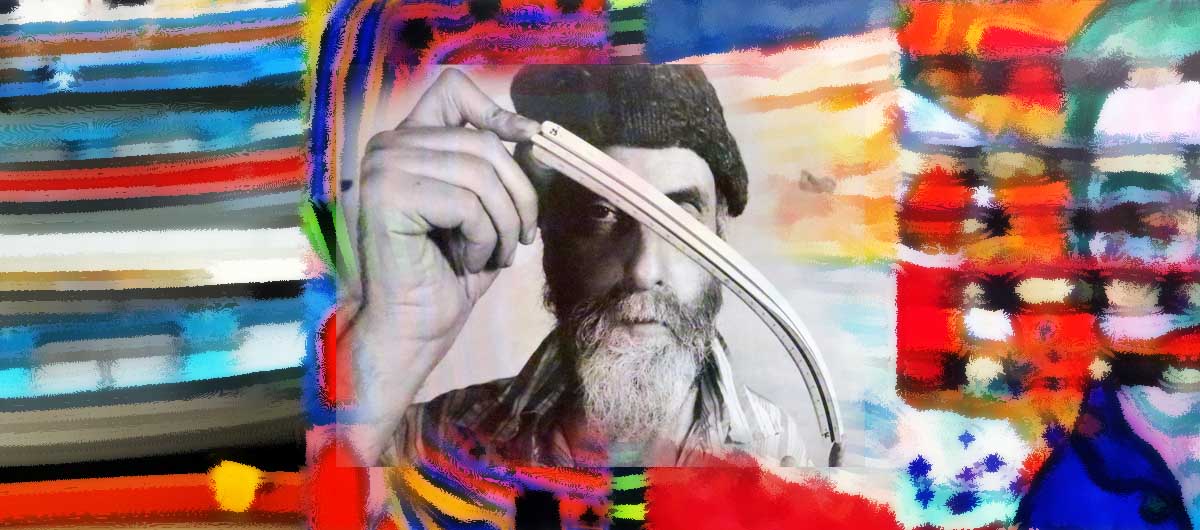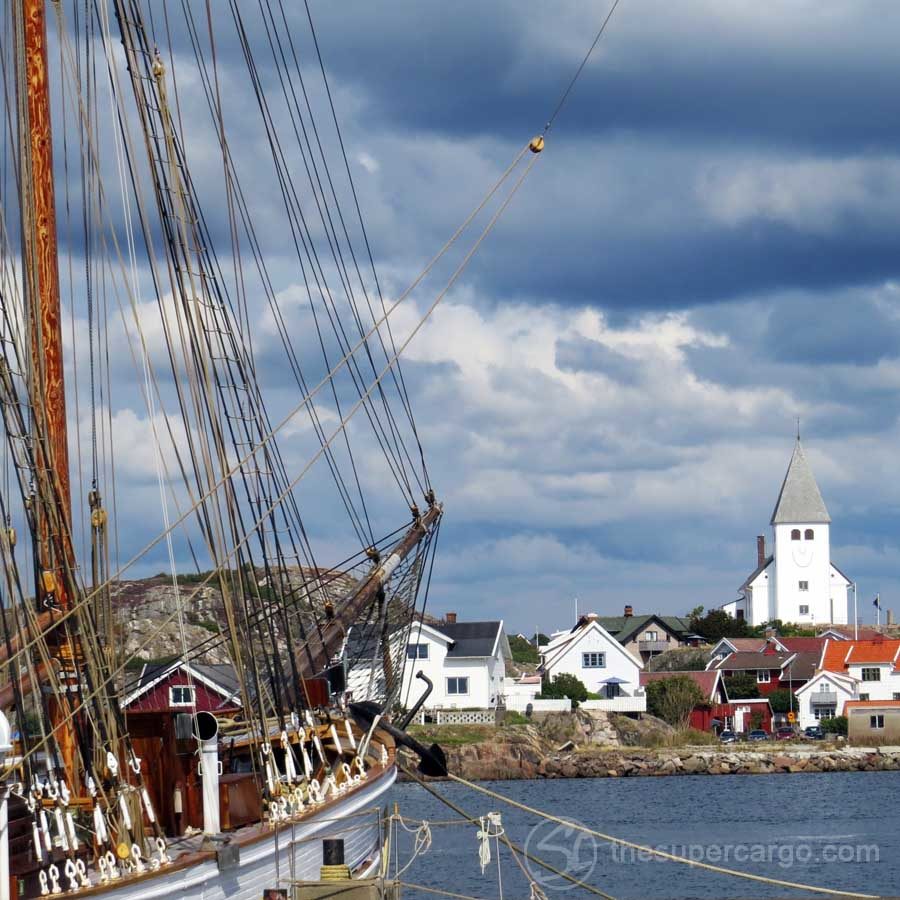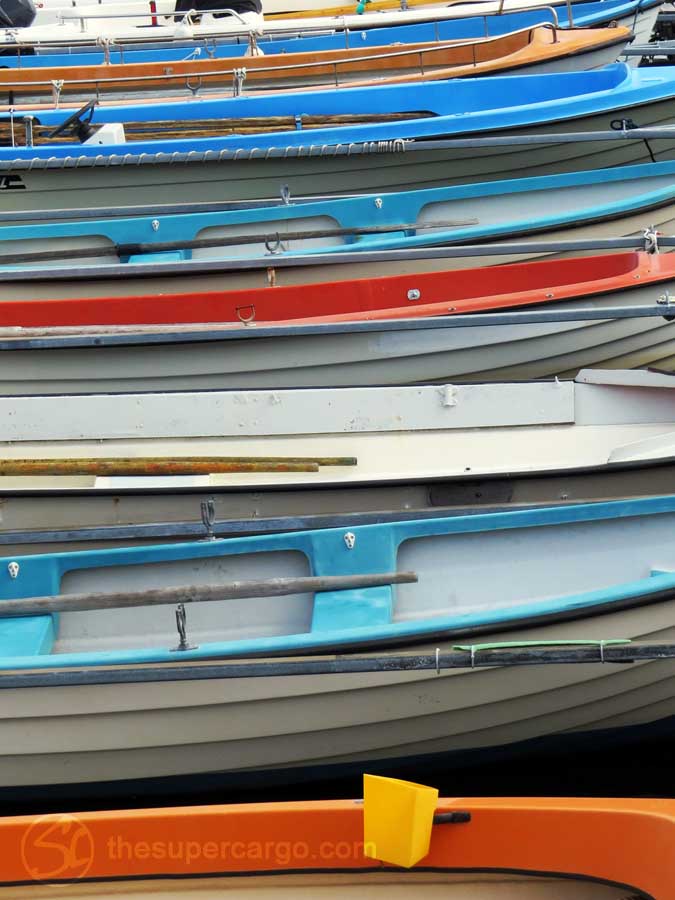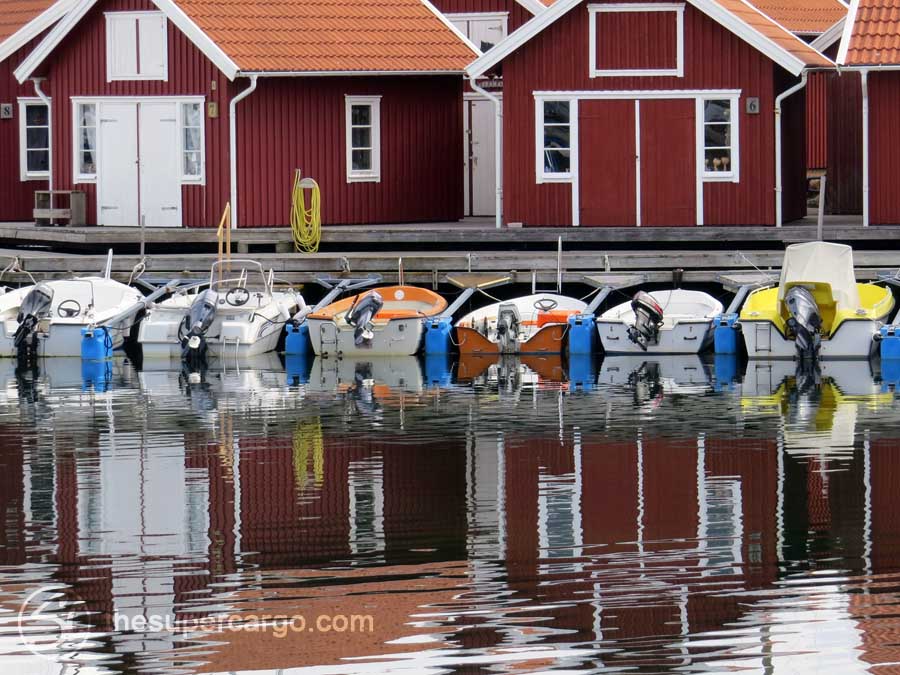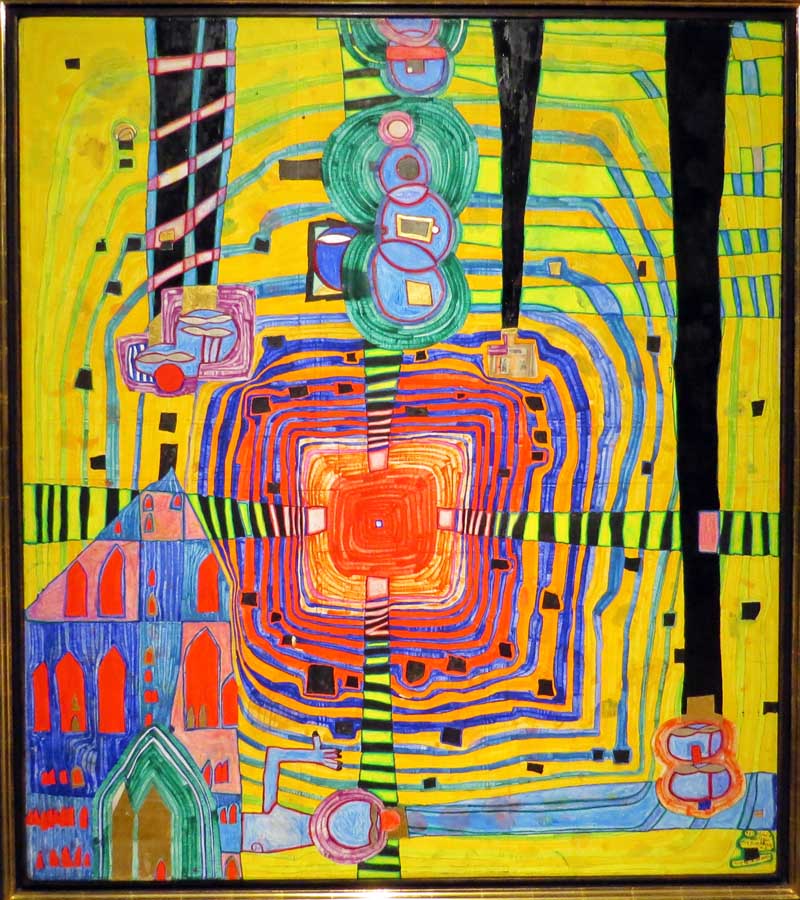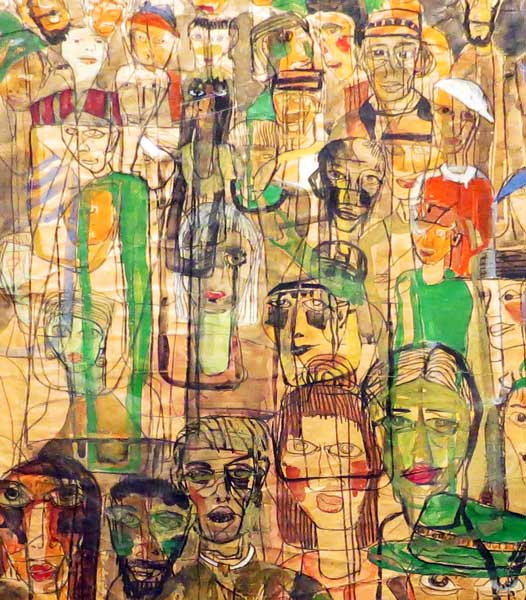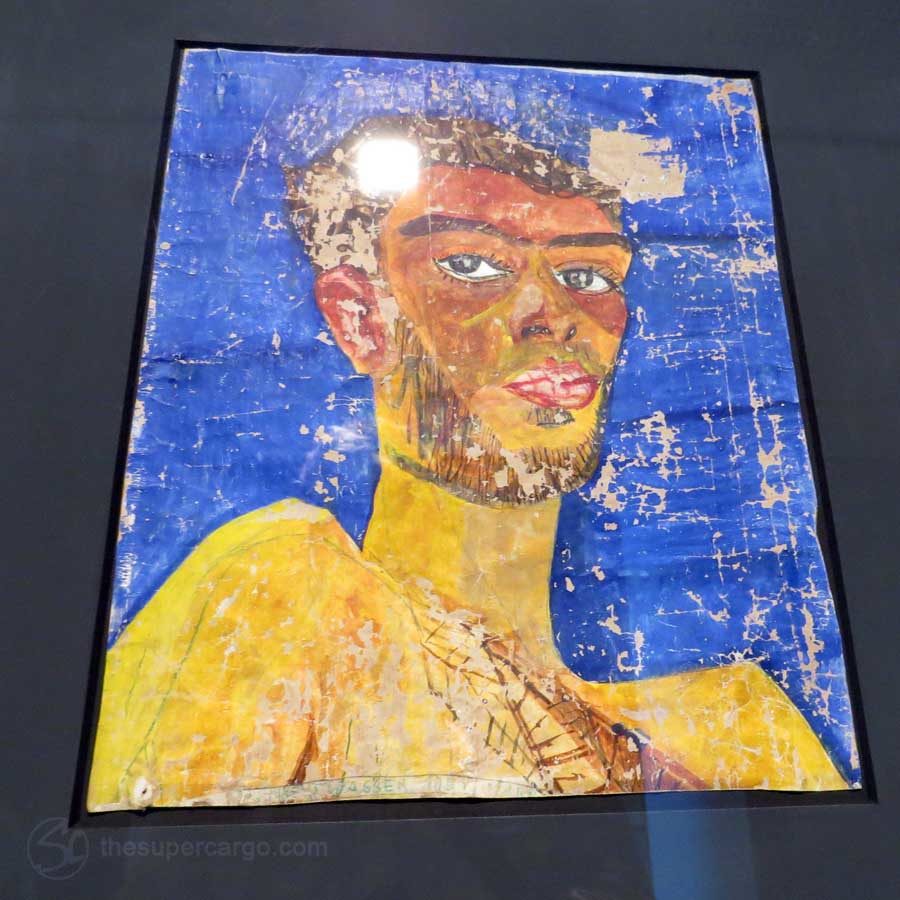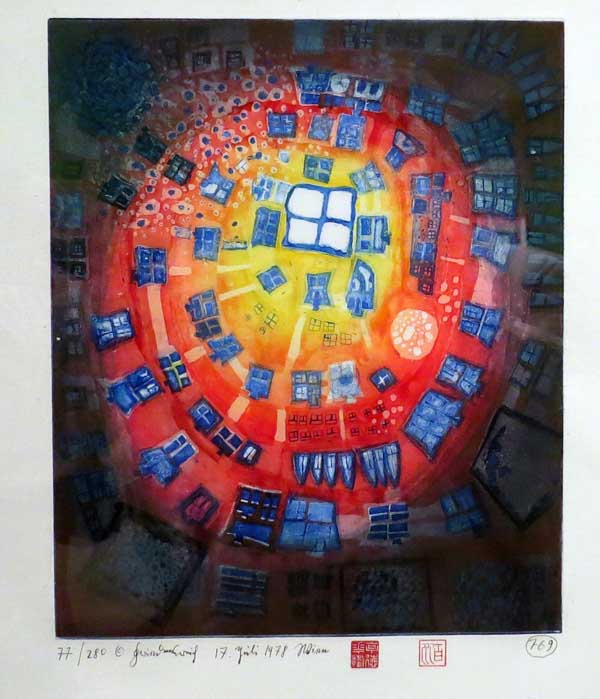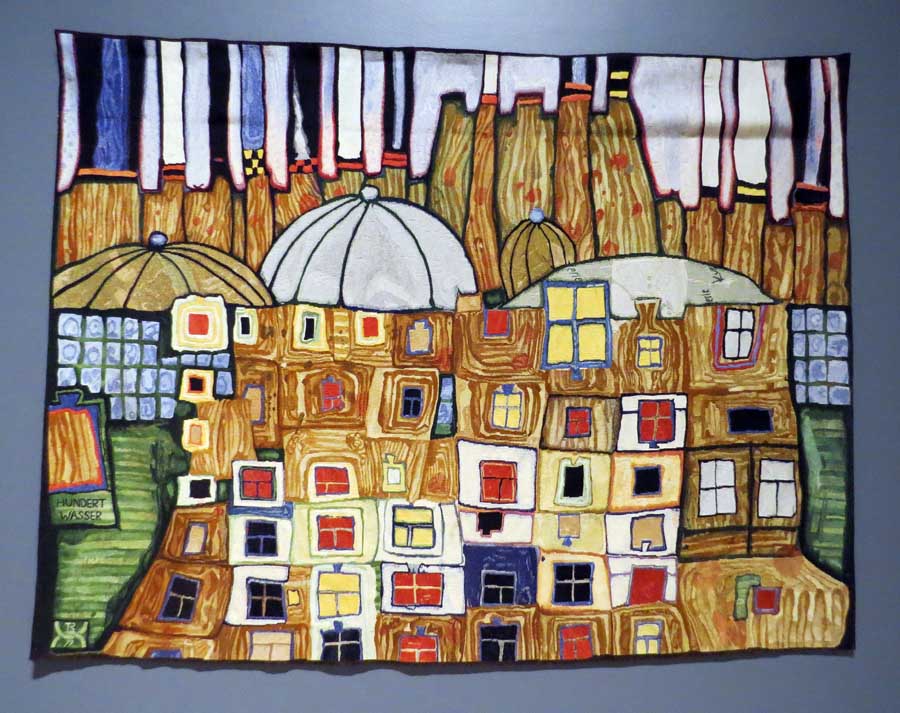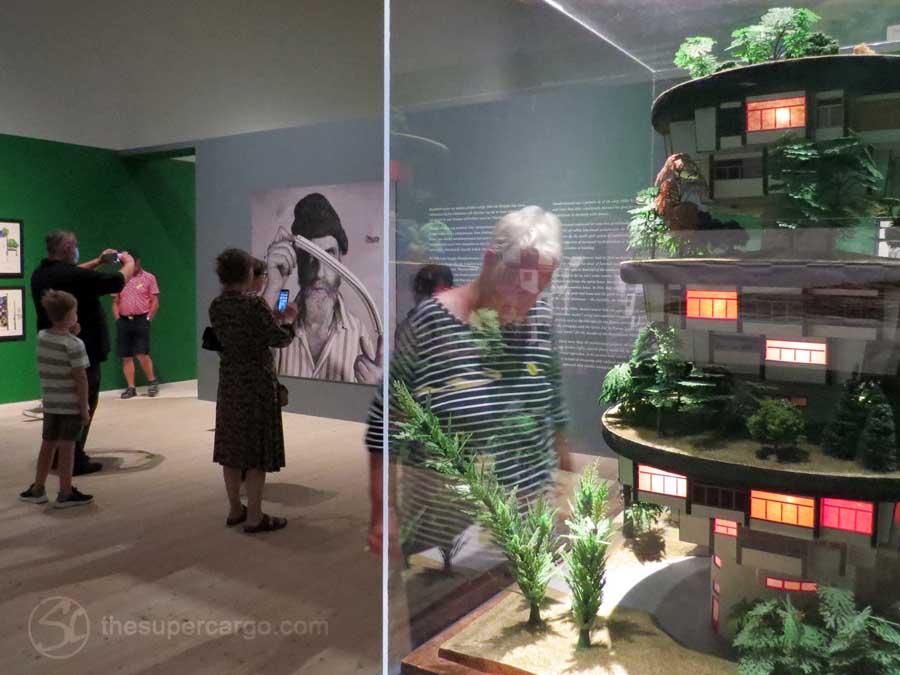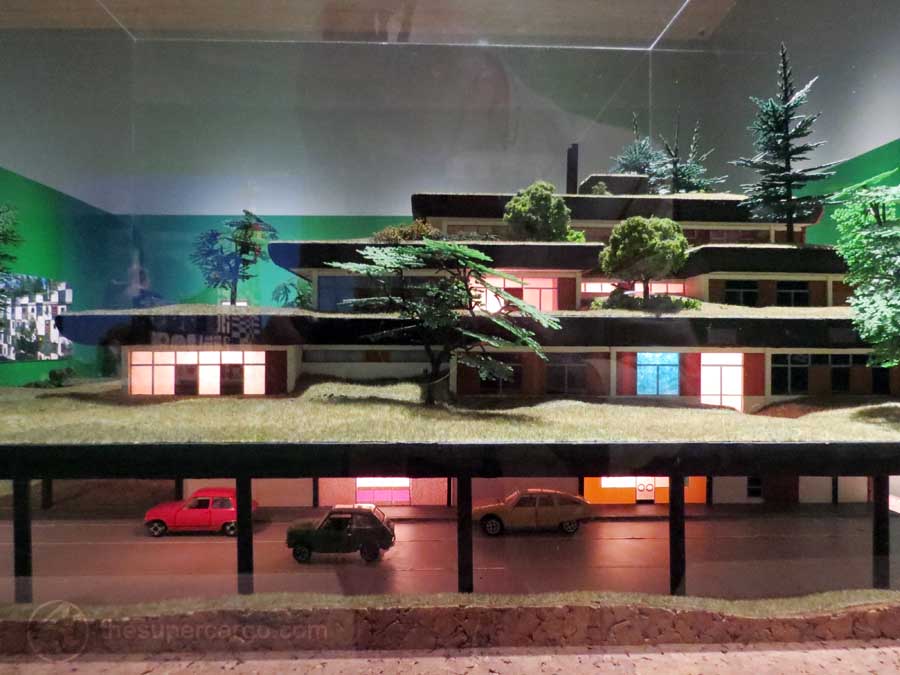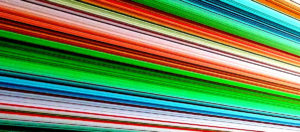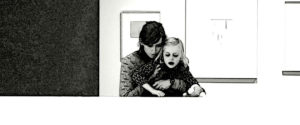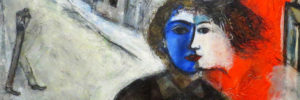Last week I visited my first art exhibition for very nearly two years. The Nordic Watercolour Museum is on the island of Tjörn to the north of Gothenburg where I live. It stands to one side of the harbour at Skärhamn (Skerry Port). It is a remarkable exhibition space. Like so many galleries it has been very circumscribed by the coronavirus pandemic. Some of its work moved online, some exhibitions were postponed, but the museum soldiered on. Since the end of May it’s hosted a retrospective of the Austrian-New Zealander colourist Hundertwasser (Hundred-waters). So now you understand the title! This week’s blog post is a photo essay from that exhibition.
But first, a few images from Skärhamn.
Hundertwasser
Friedrich Stowasser, who signed himself “Hundertwasser”, adopted the name Friedensreich Hundertwasser because “it was easier to translate”. (This according to some of the information posted up at the Nordic Watercolour Museum.) I don’t know about that, but if you put his name into English it reads: Peaceful Hundred-waters. To me, that sounds distinctly hippy-ish, but Hundertwasser, born in 1928, predated the hippy movement. His interest in environmentalism also predated the modern environmental movement, though I guess it sustained and was sustained by the movement in eco-friendly symbiosis.
Hundertwasser’s art seems to be intimately entangled with his ecological concerns, with colour and symbolism. (There is a debt to fellow Austrian Paul Klee in his use of blocks of colour, and gold and silver.) His biomorphic forms, especially when he later got into architecture, are reminiscent of Antoni Gaudi’s. And there is his almost mystical dedication to the spiral line. (The straight line, he wrote, is something cowardly drawn with a rule, without thought or feeling; it is … the rotten foundation of our doomed civilisation. So there you are.)
Mixed media
Although Hunterwasser certainly used watercolours, water-based inks, gouache and (I think) tempera, a lot of the pictures on exhibition are better described as mixed media. Early on, it seems, Hunterwasser painted or drew on whatever material came his way, using whatever media were available. Later on, perhaps as he became more established and had more resources to finance his art, he branched out. His architecture is represented in this exhibition with photographs of his buildings and a couple of architectural models showing houses embedded in nature. He also got into into weaving, making tapestries of his own but also getting professional weavers to produce tapestries to his designs. Printmaking was another field he took to, but again seems to have got others to turn his designs into prints.
The print is Window out of the Pond – Window into the Pond (1978) and you can see it’s numbered below and marked with the seal of the Japanese artist who made the etching.
The tapestry is Barbakan Castle in Poland (1979). It’s a very typical Hundertwasser design, though it was woven by someone else. There’s a detail of Hundertwasser’s name as woven into the tapestry to show the threads.
New Zealander
I loved Hundertwasser’s colours and many of his images I found fascinating. I could feel my fingers itching with the desire to pick up a pencil or a paintbrush and try to make something similar. (The operative word there is try.) At the same time felt a bit uncomfortable in the face the various artist’s statements posted up around the exhibition.
Uncomfortable isn’t a bad thing. The purpose of art isn’t comfort. But some of the things he has to say, about the spiral for example, put me in mind of religious fanaticism: Starting from the center, the infinite small the spiral means birth and growth, but by getting bigger and bigger the spiral dilutes into the infinite space and dies off like waves who disappear in the calm waters.
However poor he was early in his life, however much an artist, however taken up with environmental issues, Hundertwasser must have been an astute businessman. He set up a company to guard his copyright and made enough money to be able, at various times, to buy land in France, Austria, Italy and New Zealand. And he bought his own ship, in which he sailed across the Atlantic and later the Pacific. He died in 2000 and is buried on his land in New Zealand.
